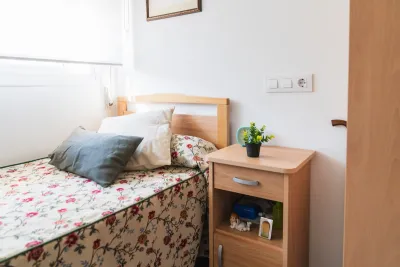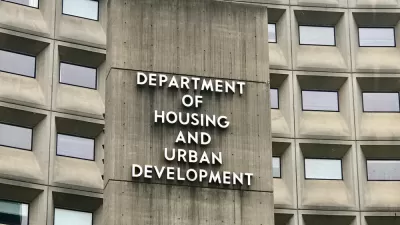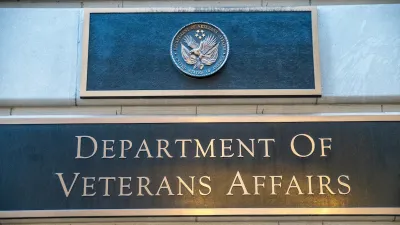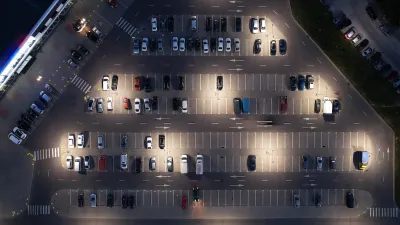The New York Times reveals what’s working and what’s not in the cornerstone of Housing First.

The New York Times Headway section has published a helpful primer on one of the most common approaches to reducing homelessness amongst populations with addiction and mental health issues: permanent supportive housing that offers low rents and services on site.
A cornerstone to the Housing First approach, about 400,000 Americans now live in permanent supportive housing.
The Times spent over a year talking to residents and staff at a supportive housing complex in the Bronx called the Lenniger. They reported six key takeaways from that time:
-
Permanent supportive housing tries to meet a formerly homeless person’s needs under one roof
-
Permanent supportive housing keeps people housed.
-
It works by making it as easy as possible for people to stay
-
Its permissiveness has stirred political backlash
-
In New York City, demand far outstrips supply
-
Permanent supportive housing is no panacea
Read the Times’ full report on what’s working — and not — in permanent supportive housing at the link below.
FULL STORY: Six Things to Know About Permanent Supportive Housing

Maui's Vacation Rental Debate Turns Ugly
Verbal attacks, misinformation campaigns and fistfights plague a high-stakes debate to convert thousands of vacation rentals into long-term housing.

Planetizen Federal Action Tracker
A weekly monitor of how Trump’s orders and actions are impacting planners and planning in America.

San Francisco Suspends Traffic Calming Amidst Record Deaths
Citing “a challenging fiscal landscape,” the city will cease the program on the heels of 42 traffic deaths, including 24 pedestrians.

Defunct Pittsburgh Power Plant to Become Residential Tower
A decommissioned steam heat plant will be redeveloped into almost 100 affordable housing units.

Trump Prompts Restructuring of Transportation Research Board in “Unprecedented Overreach”
The TRB has eliminated more than half of its committees including those focused on climate, equity, and cities.

Amtrak Rolls Out New Orleans to Alabama “Mardi Gras” Train
The new service will operate morning and evening departures between Mobile and New Orleans.
Urban Design for Planners 1: Software Tools
This six-course series explores essential urban design concepts using open source software and equips planners with the tools they need to participate fully in the urban design process.
Planning for Universal Design
Learn the tools for implementing Universal Design in planning regulations.
Heyer Gruel & Associates PA
JM Goldson LLC
Custer County Colorado
City of Camden Redevelopment Agency
City of Astoria
Transportation Research & Education Center (TREC) at Portland State University
Jefferson Parish Government
Camden Redevelopment Agency
City of Claremont





























